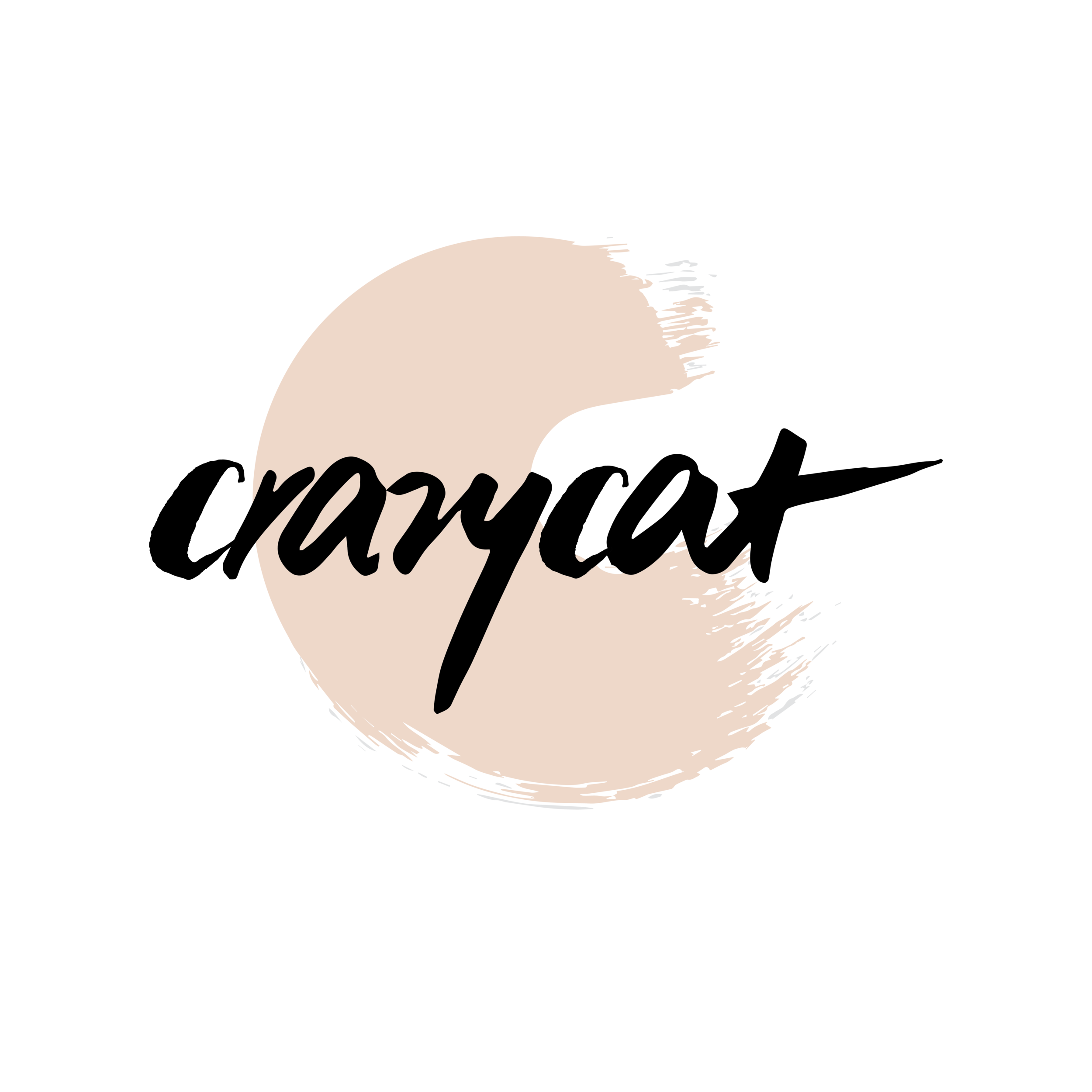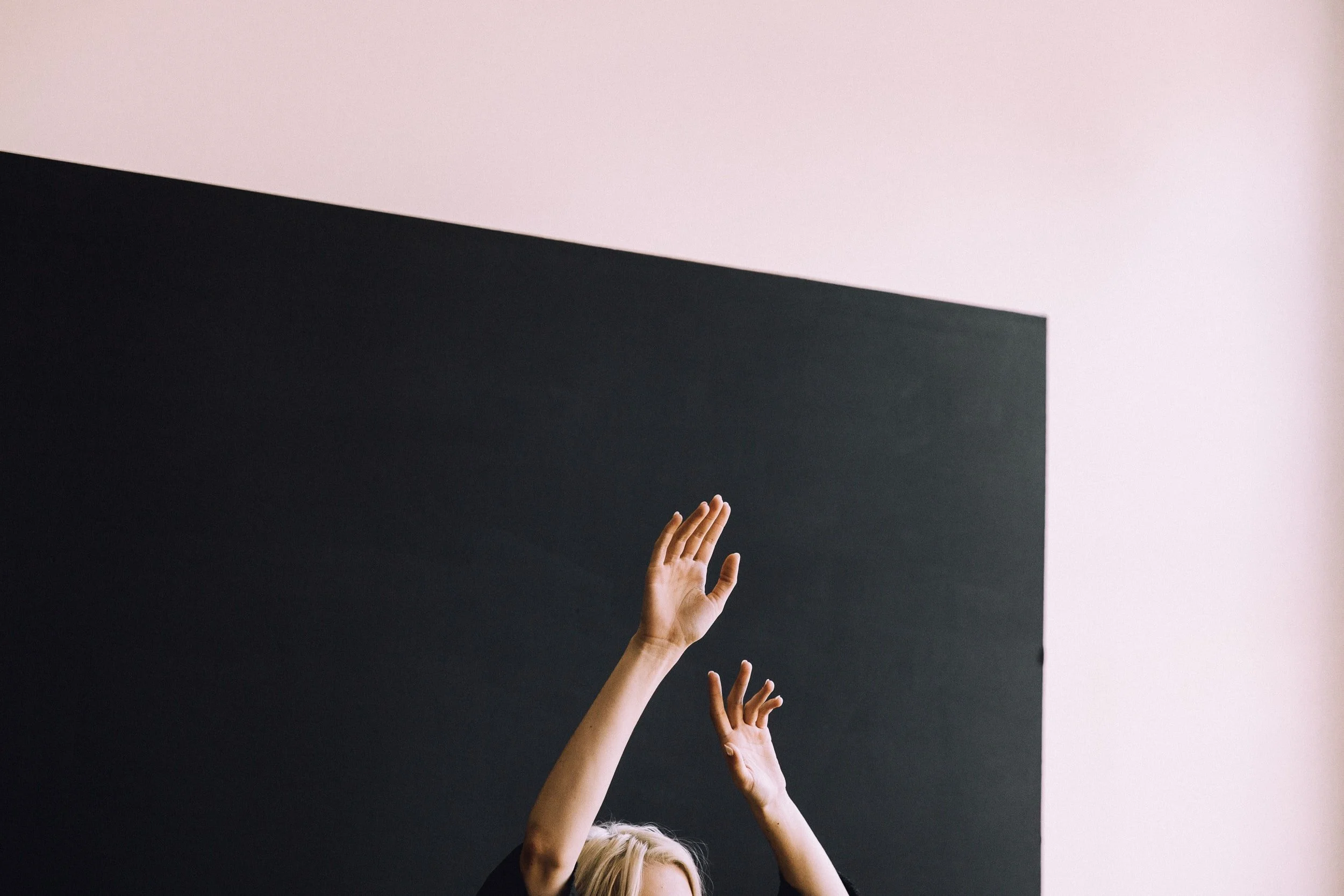Dancing Through Seasons of Life
Today, dance still is a unique and essential human activity that connects us to the rhythms of life and marks certain milestones.
words Ry-Ann Lim
In ancient cultures throughout the world, dance brought societies together for a common purpose. For example, the “rain dance” was offered during dry spells to water the fields, ancient history talks also about how some dances were used for religious reasons that connected humans to gods and other spirits, while some dances promoted fertility, or were used for warrior-tribe identity such as the Haka. Dance also has a way of marking an era. History could be traced back to dance moves of the time, from the Charleston, the waltz, the mashed potato, the twist, the macarena, the robot, the Dougie and even trending TikTok dances such as In My Feelings by Drake. Today, dance still is a unique and essential human activity that connects us to the rhythms of life and marks certain milestones. For example, we still dance at weddings, concerts, and social events.
However, during this pandemic, as we isolate and social distance, dance might be just the form of exercise — for the mind as well as the body. Nowadays, it is more common to find someone Zumba-ing on Zoom rather than in studios to keep fit. While recent times have made dancing a lot less accessible, I do hope that I would make the effort to dance whenever I can for the following reasons.
It is a known fact that physical activity has many positive effects on the brain. Dance is no different. This includes improving cognitive functioning and age-related problems. David Kahn, an instructor in psychiatry at Harvard Medical School whose research is primarily about neuropsychology believes that dancing “adds another aspect to exercise and its effect on our bodies and brains,” because dancing is in its nature a “joyous activity” that may have strong social and emotional attachments to it. I find this particularly true for me as when I am dancing, I feel better not just because exercise releases endorphins, but because dancing as an act in itself cues my body that it’s playtime.
I have been curious to know about dance and its effects on brain activity and plasticity. My research finds that during dancing, much of the body is “patterning”, which then helps learn new things in the studio and creative muscle memory. Experts also say that in healing and recovery, our body is re-patterning, similarly to dance as we are learning new ways to move our bodies. It is no wonder that even after a ten-year hiatus when I decided to try ballet again, I was surprised to find that I could still remember basic techniques from my childhood ballet lessons -- I knew exactly what muscles to engage when jumping, pointing my toes or pirouetting.
I was also interested to learn about the non-physical gains of dance. I decided to find some peer-reviewed journal articles on the motivations and benefits of dance.
In a 2019 study on the psychological potential of social Latin dancers by the People’s Friendship University of Russia, it was found that often-cited reasons why people join Latin dances were for social-psychological reasons in addition to health and fitness reasons. People wanted to make friends, feel less lonely, or develop social skills. Some people (like me) joined salsa for cultural reasons because of interest in Latin American culture, music and dance.
The same study also alluded to distinctive psychological features of salsa dancers such as "self-confident", "sociable”, “empathetic", one of them also noted "openness and creative" inherent in salseros. Similarly, a 2013 quantitative study by Novikova and Tolstova was done among salsa dancers and non-dancers and found that Latin dancers displayed more self-confident, harmonious, and communicative traits and are more likely to respond to conflict by collaborating.
Besides that, some forms of dance such as Tango can be considered “moving meditation”. In Tango, one is moving to different rhythms and there is an ongoing curiosity about how you fit into the music, and melt into the dynamic of the group. You’d often see the followers close their eyes at the beginning of the dance to feel the lead dancer’s prompt. In Tango, one has to be aware enough to not pull too hard or tangle up somehow. This could be related to why some people say that they feel like they are living in integrity with themselves when they dance - as one has to tap into their body and be very conscious of their senses. Jazz master and researcher Wynton Marsalis said social partner dancing allowed “a glimpse into another soul, if only for a moment, through the exuberance of motion.”
Another reason to dance is to understand a culture better. It has become more common for people to travel to different countries and look up a lindy-hop or a west coast swing social in the town they are visiting. I’ve personally heard from my solo traveller friends that this is a great way to make friends and see how locals might spend their Friday nights. It doesn’t matter which country you are in and what language you speak, because there is a lot of good energy in dance groups, you generally have a good time and make friends easier. For example, a friend who visited America found a dance community in Boston and spoke of how welcoming the dance environment there was as people want to share their culture and art forms. Personally, I’d hope that when borders open, I could experience a country like Cuba in new dimensions as a dancing traveller given that I have picked up Salsa.
New to dancing? Here are some tips and tricks I found helpful
If you are new to dancing, feel intimidated and find it hard to be comfortable as a beginner, don’t worry about how you look. We often worry about how we are perceived by others, when in fact people are probably too busy focusing on their own technique or choreography. Try not to look in the mirror too much. Instead, focus on how you feel. Think of dance as a way to explore what of ourselves gets expressed, and our relationship to others on the dance floor. Great dancing is not about satisfying the ego. If you are really absorbed in dance then you cannot think about yourself as your energy should be focused externally.
For example, my favourite dance memories are at weddings, the dancing after the reception - where I get to see my cousins, aunts, parents bust a move and let loose. I savour watching an elder aunt and uncle slow dance in the middle of the dance floor, or watching uncles dancing spiritedly (and very much off-count) to YMCA. Dance to me is ‘community in action’.
While it may feel awkward initially, remember that we were born with the capacity to dance! Children or toddlers who hear music playing for the first time may move or wobble to connect with the beat. As adults, that instinct is sometimes lost because of how we think we are supposed to behave. These days we are so empirical; we want to know the how and why instead of having some mystery that defies words.
ABOUT THE AUTHOR:
Curious and playful, Ry-Ann wants to continue learning through new adventures.





